Sound – Intro
I have used the Hifiman Audivina with a series of amplifiers and sources, all desktop sized and both tube as solid state. The dedicated sources used were the Musician Audio Pegasus, Aquarius and Earmen Tradutto. The Audivina was always connected to the amplifiers in balanced mode.
Hifiman’s marketing division has this to say about the Audivina’s tuning:
Audivina offers the wide soundstage of an acoustically perfect concert hall, yet with the detail and intimacy of a jazz club, thanks to the NEO Supernano Diaphragm, Stealth Magnet Design and a curved resonance chamber that is the finishing touch of the advanced acoustical design.
Let’s find out what stands out in the Audivina!
Sound – General
The first things that stand out when listening to the Audivina are: airiness, spaciousness, an immersive soundstage with a concert hall-like sound. It really isn’t the typical left-right balanced sound as we’re used to from normal closed back headphone designs, it’s more a large room feeling/presentation we find here. During the first seconds of listening you could mistake this for the Audivina sounding hollow, which isn’t the case. Of course this was Hifiman’s goal, so they certainly succeeded in this. The Audivina is supposed to be a studio headphone but this special sound presentation also makes it suited for watching movies or Netflix with. In that use case I have really enjoyed the Audivina connected to the Auris Audio HA2-SE+ tube amplifier.
The soundstage is spacious and highly expansive. The music is all around you more so then it is left and right or in the front or back. At the same time you do can pinpoint the location of the instruments if you focus on them. That’s something we’ve gotten very used to with the modern higher end orthodynamic drivers. The great thing here is that the Audivina because of Hifiman’s resonance chamber actually sounds very open for a closed back headphone, the soundstage also profits from this. It’s something we have seen before in DCA’s Stealth headphone, but also in Hifiman’s own HE-R10P flagship closed back headphone.
As a studio designed headphone, the Audivina is a closer to neutral bodied sounding headphone but it all times has a pleasing amount of weight in the delivery, especially in the mid bass and mids.
Precision wise the Audivina scores well, but that shouldn’t be any surprise as Hifiman has a lot of experience with their planar magnetic drivers. You get a good resolution at all times and over all frequencies. The delivery is fast and effortless. Layering-wise the Audivina scores well but it’s not at the level of the even more higher end Hifiman headphones. The overall technical level also is good.
The tonal delivery is musical and pleasing. From top to bottom the Audivina carries enough energy and it displays great dynamics. You get a clean sound, but sometimes because of the sound hall presentation, it can feel like it’s missing a little bit of clarity.
In general – apart from the music hall delivery – I would say the Audivina sounds dynamic, with good mid bass, lovely mid timbre, and an engaging vocal presentation. I wouldn’t call the Audivina balanced or linear, they are quite a bit moving away (up and down) versus the Harman curve.
Sound – Classics
Bass is powerful and present but with a more neutral amount, the low end doesn’t exaggerate. Bass tuning actually is like in so many closed back headphones: powerful and punchy (but a bit lighter in this design). When needed bass will reach down low (try Billie Eilish) but the sub frequencies are not the Audivina’s strongest point. That you can find more in the mid bass.
Bass is ear pleasing and it will have you tapping your foot in no time. Bass quality is good but not perfect as in the Susvara just to name a high-end headphone. You get good layering and a level of detail which is normal at this price point. If this is your first endeavor into the higher end ortho drivers, you will be impressed with the bass.
The mids body wise perfectly connect to the bass and they sound spacious, natural and dynamic. The layering and mid-timbre is excellent here. The vocals are energetic and they’re positioned just right for you to think you’re at the concert.
The treble section for sure is the most peculiar one. While there is treble roll-off starting around 7k, the treble is also peaky at 6k. It gives that energy push but it to me – depending on the music listened to – doesn’t always bring the desired effect. Personally the treble section could be more balanced with more spread out energy and clarity.
All-in-all the Audivina is a nicely open and spacious sounding headphone with a tight bass presentation, really good mids, engaging vocals and peculiar treble. At least to me. It’s easy to listen to, especially taking into account it’s supposed to be a studio headphone, but it for some reason doesn’t always sound fully in control when playing very difficult/busy tracks. The musical choice is important here. At the same time I find it to also sound sublime when watching movies with it.
Sound – Comparisons
For this section I have used the Saeq PDA-1B and Aquarius setup, as it allows to use to headphones in balanced mode at the same time.
The first headphone to compare the Audivina to, of course is Hifiman’s own HE-R10D. The D-version of course features a dynamic driver and it’s selling for $1,299 USD, but it’s the next best Hifiman closed-back headphone. The HE-R10P is going for over $5K, so that one is out of range and the Susndara closed is only $249, so that comparison makes no sense either.
The HE-R10D is a very different headphone in looks and both in sound. It’s a very full sounding headphone with big body and bass impact. The sound isn’t as refined in the Audivina and the vocals in the R10D are more forward but they also are more present. I personally like the softer and fuller vocal presentation of the R10D. Of course the Audivina is the more spacious and airy sounding headphone of both and the sound stage is wider. The R10D gives you a more typical closed and intimate presentation. If you like the weighty presentation of the R10P, then the Audivina will be way too light sounding for you. There’s a night and day difference in tuning but it’s logic as they have a completely different purpose as well. The Audivina is the easier one to drive
Looking at the competition in this range, the Audeze LCD-XC of course is one of the most important ones. Audeze is selling it for $1,299 USD and it’s still one of my favorite closed headphones in this price rang. The LCD-XC is sharper in the vocals and pushes them more forward. The LCD-XC like the R10P doesn’t have the sound stage width of the Audivina, even though it is a nicely spacious and airy headphone. The Audivina to me is the more balanced headphone, where in the LCD-XC the bass and vocals stand out more. Precision and resolution wise the XD outperforms the HE-R10P easily but the Audivina has the better technical level, except for maybe in the treble section. This is especially noticeable in note decay and note extension. If you like bass impact and presence, the Audeze also is the easy choice. In the lower end, the depth and layering of the XC are better. The Audivina is lighter, more neutral here and the bass is much tighter and controlled. The top end in the XC is more energetic and lively. The upper frequency technical level is close between both, but as the XC puts more weight in it, it makes it seem the treble is better, but it’s just more present and energetic as such.
The Audeze is easier to drive, but the Audivina is much lighter and more comfortable to wear. Again here the design and target group of these headphones are completely different. As such their tuning difference is only normal, making these headphones are complementary.
The Meze Audio Liric is one of my favorite closed headphones. It’s easy to drive, comfortable to wear, you can take it on the go and it sounds really good. The Liric is selling for $2k, but you do get a premium cable with it. The Meze is the more balanced and linear headphone of both. The Liric has a higher/better sub bass presence and it’s at the same level of the mid bass body wise. The Bodies Liric mids also connect perfectly to this bass presentation. Both headphones’ top end goes up and down, but it’s more peaking in the Audivina. So all-in-all the Liric is the fuller and softer/mellow sounding headphone with the better impact. It’s the more fun and engaging headphone but it doesn’t have the spaciousness and sound stage of the Audivina, and this both in width as in immersiveness. The vocal presentation of both headphones is very similar, thought that of the Audivina is more sibilant. From a technical level the Liric and Audivina are close to each other, but as the weight/body presentation is very different, it makes it seem the Audivina is the better one here. Again, these two are very different headphones with a very different goal and target group.
It’s clear that the typical tuning and presentation of the Audivina is unique and it’s not something we can easily find in the popular closed back headphones, which aren’t studio headphones. The Audivina tuning can be completely your thing also for non-studio usage, but I feel it’s more for this than it is a consumer/popular tuning headphone.
Conclusion
Design and build quality wise there isn’t really anything to flaw here and Hifiman is giving you an excellent new offering, using proven concepts. The price tag isn’t light and maybe a little on the high side, though the driver and other tech inside might explain the price setting.
Hifiman has certainly managed to create a very wide and open sounding closed-back headphone. The typical concert hall presentation may take some time to get used to, but the Audivina is a pleasing, dynamic and mid bass fuller, clean headphone to listen to.
If you’re looking for a closed back headphone and want to experience an open sound, good soundstage and the special concert hall like tuning/presentation, then the Hifiman Audivina certainly deserves to be on your shortlist. For a studio headphone it’s not the most balanced or linear headphone, but it’s dynamic, energetic and engaging. You can also use it for non-studio use, and I really like it for watching movies.
PROs
- Tuning (Open, good sound stage, immersive, dynamic, energetic)
- Good build quality
- Lovely look/design with gorgeous logo sporting wooden cups
- 3 cables
CONs
- Tuning (Concert hall presentation takes getting used to, sub bass is light, peaky treble)
- Price
- Simple delivery for the price point (yet ecofriendly)
Page 2: Sound Intro, Sound General, Sound Classics, Comparisons, Conclusion, Summary





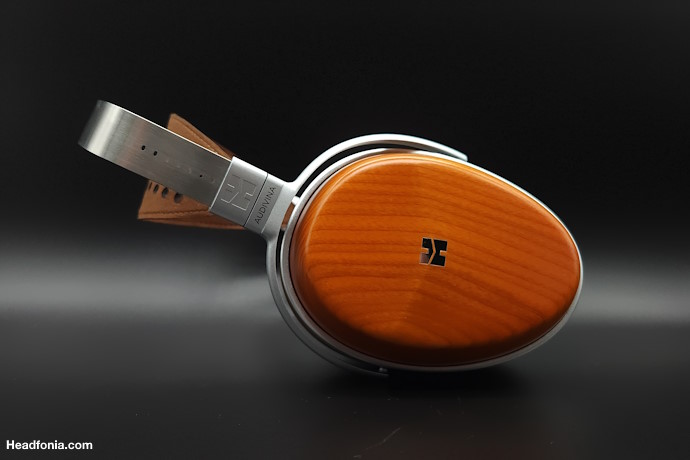
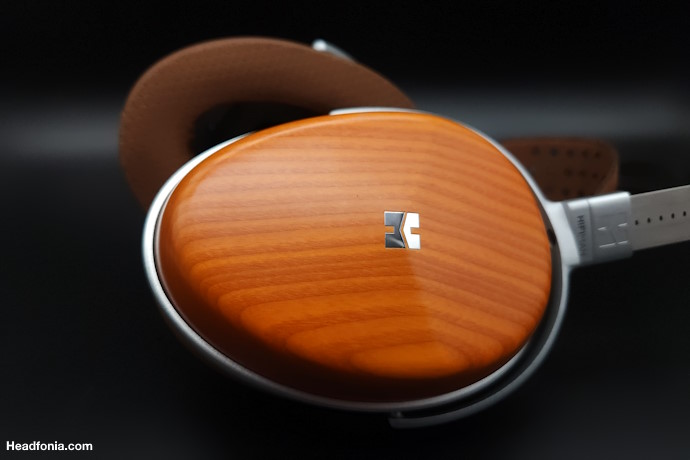
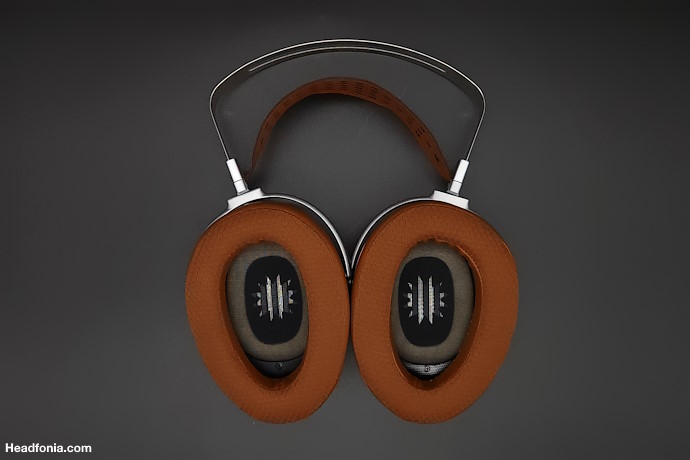


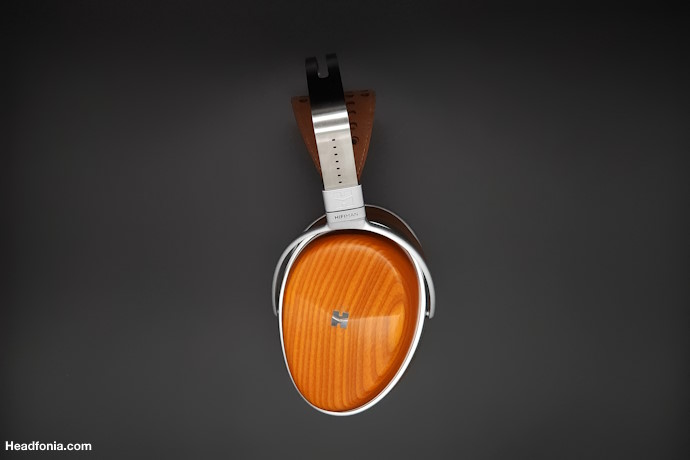
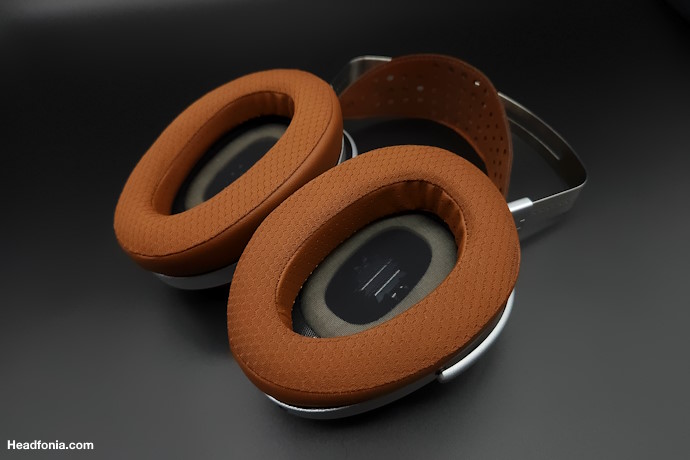
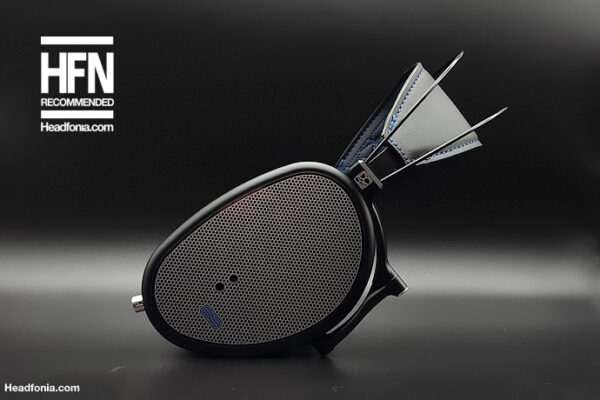
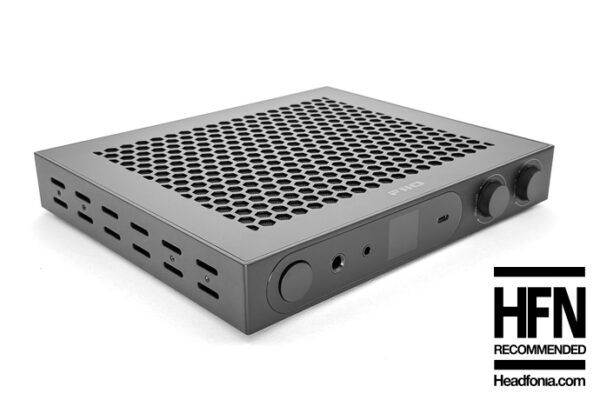
Dunring
I’ve had these for a month also, they are the best closed back headphones I’ve heard for detail and soundstage. The tuning needs EQ, but they aren’t so tough to drive that most headphones amplifiers will have headroom for a preamp reduction. The noise isolation was the biggest issue, I could hear the AC handler blowing with them on. I think if they used a different material for the ear cups it would help. They’re shiny and gorgeous, but it’s like a sea shell effect wearing them. The hard case is epic cool, and the cable assortment is a quantum leap over my He6se with the rubbery/plastic tube style cables.
They’re good, but the price is just too high for what you get. It’s aimed squarely at someone of means who just wants probably the best closed back headphone on the market, depending how you equalize them.